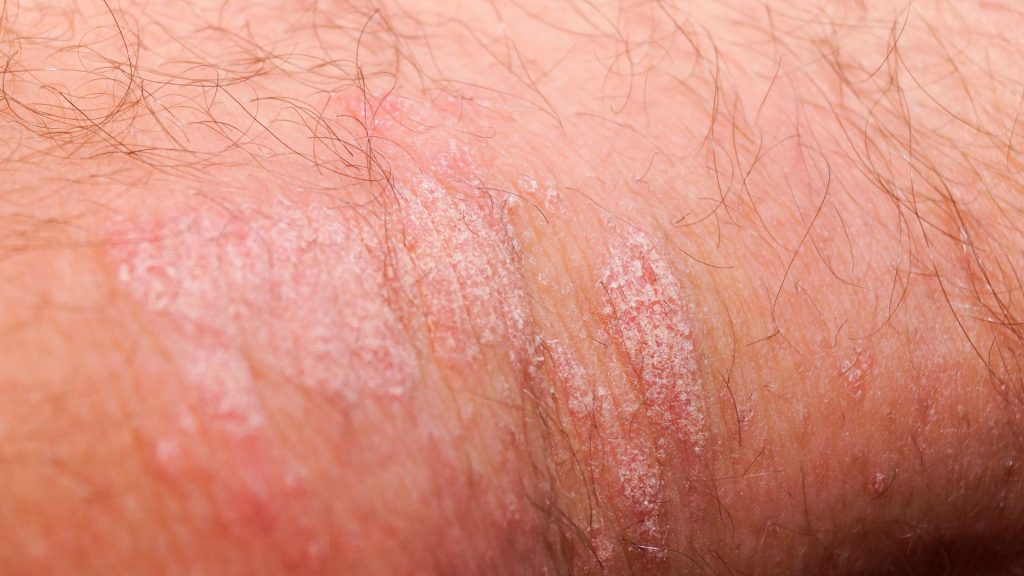Hidradenitis Suppurativa (HS) is a chronic, inflammatory skin condition characterised by recurring, painful nodules, abscesses, and tunnels in areas like the armpits, groin, buttocks, and under the breasts. Early Signs of Hidradenitis Suppurativa is critical to ensuring timely diagnosis and appropriate treatment, but navigating the path to diagnosis can be a complex and challenging journey for many individuals affected by this condition. The Canadian Hidradenitis Suppurativa Foundation is dedicated to improving the lives and management of HS patients by raising awareness and educating healthcare professionals, as well as providing resources and support for those affected by this often misunderstood skin disorder.
A major barrier to timely diagnosis and treatment of HS is the lack of awareness and understanding of the condition among both the general public and healthcare professionals. This knowledge gap can result in delayed care and increased complications, significantly impacting the quality of life for those with HS. By empowering people with the tools and information necessary to recognise early signs of Hidradenitis Suppurativa and advocating for a timely and accurate diagnosis, we can help improve patient outcomes and foster a better understanding of this complex condition.
In this post, we will explore the early warning signs and symptoms of Hidradenitis Suppurativa, discuss the importance of prompt diagnosis, and share tips for effectively advocating for oneself during the diagnostic process. Our aim is to provide valuable insights into the early stages of HS and equip individuals with the knowledge and confidence needed to navigate the path to diagnosis with the support of their healthcare team.

1. Early Warning Signs of Hidradenitis Suppurativa
Recognising the early warning signs of HS is crucial to seeking appropriate medical care and improving overall outcomes. Some of these early signs may include the following:
- Tender, painful lumps: The presence of painful lumps or nodules in areas like the armpits, groin, or under the breasts may indicate early-stage HS.
- Recurring abscesses: Frequent abscesses or boils in these areas, which may rupture and release pus, can be a telltale sign of HS.
- Irritated hair follicles: Early signs of HS may resemble common folliculitis or ingrown hairs, leading to irritated, inflamed hair follicles.
- Persistent, non-healing lesions: The ongoing presence of non-healing, draining lesions may also signal HS.
2. The Importance of Prompt Diagnosis
Prompt diagnosis of HS is essential for several reasons:
- Early intervention: Timely treatment can help alleviate symptoms, reduce the frequency and severity of flare-ups, and prevent further complications.
- Improved patient outcomes: Early diagnosis allows individuals to better manage their HS and formulate a personalised care plan, resulting in improved overall quality of life.
- Increased awareness: Prompt diagnosis contributes to a better understanding of HS among healthcare providers and patients alike, raising awareness and increasing the likelihood of accurate diagnoses for others in the future.
3. Working with Your Healthcare Team
Collaborating with your healthcare team is vital during the diagnostic process. Here are some tips on how to effectively engage with your healthcare providers:
- Keep a symptom journal: Document the frequency, severity, and location of your symptoms to share with your healthcare provider. This can aid in identifying patterns, pinpointing potential triggers, and providing valuable information during the diagnostic process.
- Be your advocate: Speak up about your concerns, ask questions, and ensure your healthcare provider is taking your symptoms seriously.
- Seek out a specialist: If your primary care provider is unfamiliar with HS, consider seeking out a dermatologist, immunologist, or wound care specialist who has experience in diagnosing and treating the condition.
- Be persistent: If you are not satisfied with the answers or care you are receiving, do not hesitate to seek a second opinion or ask for a referral to a specialist familiar with HS.
4. Educating Yourself and Others
Education is a valuable tool in the journey towards diagnosis and care. By increasing your knowledge about HS, you can be better prepared to have informed discussions with your healthcare team and advocate for your needs. Consider the following:
- Researching reputable sources: Look for information from credible organisations, like the Canadian Hidradenitis Suppurativa Foundation and the HS Trust, to educate yourself about the condition, its symptoms, and available treatment options.
- Joining support groups: Connecting with others who have HS can provide invaluable insights, advice, and emotional support during the diagnostic process and beyond.
- Sharing your story: Increasing awareness of HS by sharing your personal experiences with others, whether through social media platforms or in-person support groups, can help break down barriers and contribute to a broader understanding of the condition.
The journey to a timely and accurate diagnosis of Hidradenitis Suppurativa may be challenging, but recognising early warning signs, working alongside your healthcare team, and educating yourself are essential steps in the process. We can continue our mission of improving the lives and management of HS patients through awareness, education, and support, ultimately fostering an environment where accurate diagnoses and quality care are more readily accessible to all.
Join our Hidradenitis Suppurativa support group in Canada and help us raise awareness and empower individuals with the knowledge and resources needed to advocate for themselves. Together, we can contribute to a brighter future for those living with this complex skin condition.
